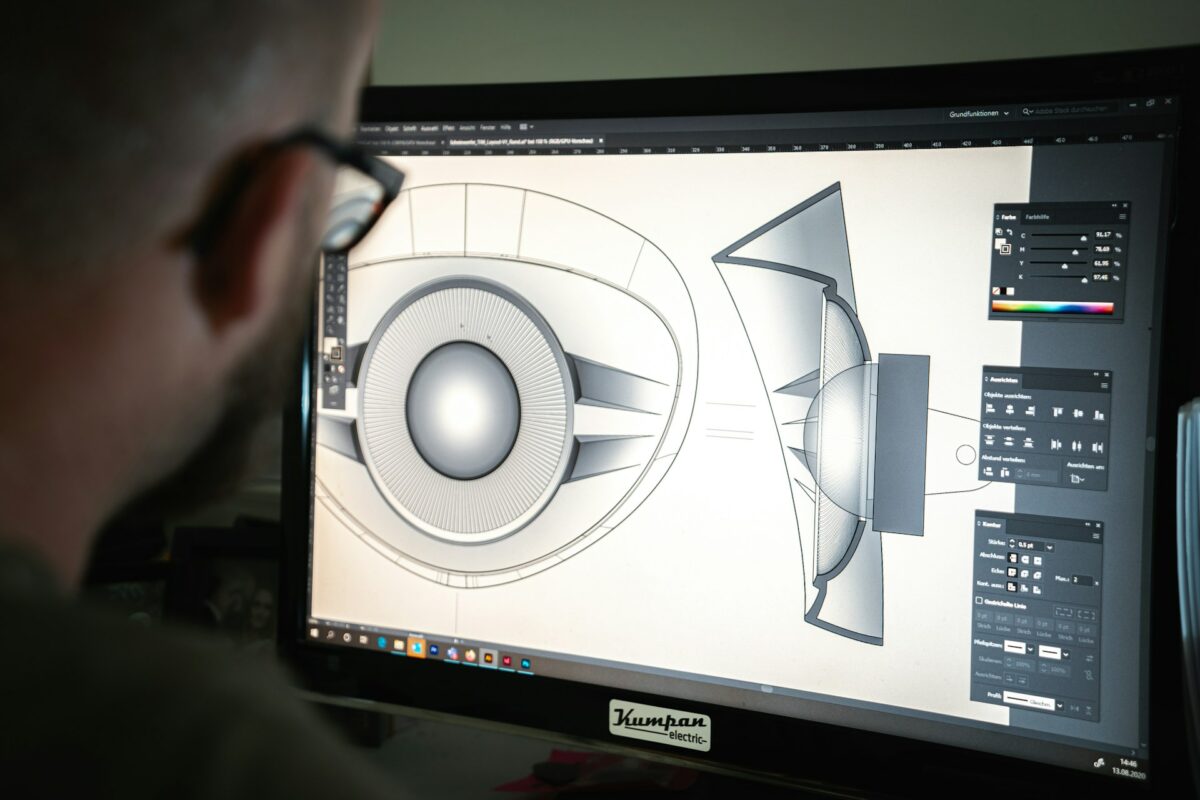Stunning Effects Can Be Created Through Mastery of Photoshop Layer Styles
Despite the fact that Adobe Photoshop is well-known for its strong editing capabilities, one feature that novice users sometimes fail to take use of is the Layer Styles function. The look of any text, shape, or picture layer may be rapidly improved by applying these built-in effects, which can be applied to any of these layers. With the help of layer styles, you can give your drawings a polished and professional appearance without having to resort to laborious manual editing. Layer styles may add everything from subtle shadows to shimmering edges and metallic textures.
As part of this tutorial, we will walk you through the fundamentals of layer styles and demonstrate how to become proficient with them so that you can create spectacular effects for your projects.
What Constitutes Layer Styles?
These preset effects in Photoshop are known as layer styles, and they may be applied to any layer in order to modify its look in a way that is not disruptive. They add visual effects such as shadows, strokes, glows, and textures despite the fact that they do not change the layer that was first applied. Because of this, they are quite helpful for creating designs, experimenting with them, and making adjustments to them without permanently altering your work.
Getting Access to the Layer Styles
When it comes to applying layer styles in Photoshop, there are two primary methods:
- Blending Options may be selected by right-clicking on the layer and selecting the Layer Panel Method.
- The Quick Access Button may be used by clicking the fx symbol located at the bottom of the Layers panel and selecting an effect.
- This opens the Layer Style dialog box, which contains all of the customization choices that are accessible to you.
1. Drop Shadow is the most important of the layer style effects.
The Drop Shadow effect simulates light dropping on your item, which gives it a sense of depth. By adjusting the distance, spread, and size, it is possible to produce a wide range of effects, from a gentle glow to a vibrant shadow. When it comes to making text or icons stand out, it is perfect.
2. A stroke
When you use the Stroke effect, an outline will be added around your layer. To meet the requirements of your design, you have the ability to alter the size, location (inside, center, or outside), and color. The usage of this technique is typical for creating strong text effects or highlighted icons.
3. The Internal Glow and the Outer Glow
As a result of these effects, your design will have a glowing edge. Inner Glow enhances light inside the item, while Outer Glow stretches outward to create a brilliant appearance when applied to an object. Such effects as luminous buttons, neon writing, and magical effects are a fantastic fit for them.
4. Embossed and bevelled edges
Due to the fact that it simulates highlights and shadows, this effect gives your item the appearance of being 3-dimensional. Utilizing the appropriate settings, you are able to produce surfaces that are metallic, plastic, or embossed. The use of this technique is very useful for typography and logos.
5. An Overlay of Gradients
You may apply a gradient blend to your layer by using the Gradient Overlay tool. The ability to offer seamless color transitions to designs that are contemporary and elegant is one of its many configurable features.
6. Overlay of the Pattern
When you use Pattern Overlay, you have the ability to cover your layer with a variety of textures, including metal, cloth, and abstract patterns. Creating one-of-a-kind appearances may be accomplished without the need to manually place textures by adjusting size and mixing.
7. Innovative Approaches to Utilizing Layer Styles
To produce luminous font in the manner of neon, combine Outer Glow with a brilliant stroke to create the Neon Text Effect effects.
- Bevel and emboss, together with a gradient overlay, may be used to create a metallic look by simulating lettering that is gold, silver, or chrome.
- You can create buttons that stand out from your design by adding an inner shadow and a bevel to your 3D buttons.
- Use Drop Shadows and Pattern Overlays in Poster Effects to get the desired effect of adding drama and texture to advertising visuals.
Guide to Acquiring Expertise in Layer Styles
In order to avoid making a design seem cluttered, it is important to avoid overloading it with an excessive number of effects.
- To get a more realistic appearance, you may use blending options such as Multiply, Overlay, or Screen to achieve the desired effect.
- You should save your custom effect as a style when you have finished creating it so that you may easily reuse it in other projects in the future.
- You may get some of the greatest results by experimenting with different methods to combine numerous effects; here is where you will find the best results.
What Makes Layer Styles Such a Game-Changing Tool
One of the most significant benefits of layer styles is their quickness. You may obtain effects that are on par with those produced by professionals in a matter of seconds, rather than spending hours manually shading or highlighting. In addition, they are adaptable, which means that you may return to them at any point and make adjustments to them as your design develops.
Mastering the layer styles in Photoshop enables one to explore an infinite number of creative options. The use of these tools enables you to improve your work in a rapid and efficient manner, regardless of whether you are designing a logo, generating graphics for social media, or experimenting with other forms of digital art. Your designs may be transformed from flat and conventional to dynamic and eye-catching via the use of layer styles, which can be accomplished with experience and ingenuity.


